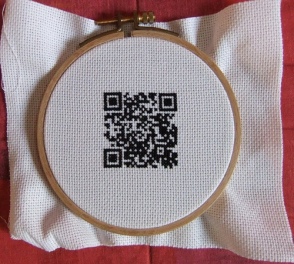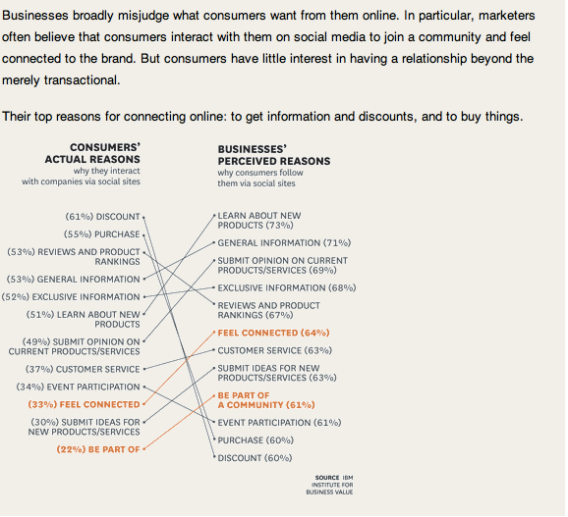It’s 9 pm and my son has fried his computer. I’m not entirely sure what that is oozing from the bottom. He fervently denies that he had any liquids in the vicinity. I’m prone to believe him since it smells like olive oil. As soon as we determine the motherboard is hosed, I realize I’m going to be purchasing a new computer whether I like it or not. 
I know that he likes to play games and make videos. I also know that he needs it for schoolwork. I’m aware of what my budget is for an unexpected purchase of this size. That is the extent of it.
First, I go to several websites and see list of specs: quad core processors, discrete-class graphics, six-cell lithium batteries and graphics card benchmarks in crossfire mode. Frankly, I don’t know what crossfire mode is and I leave the site to go research that. The retailer had me at their site, with an acute need (it is the end of the school year) and willingness to purchase. However, the way the products were presented drove me away.
Next, I scanned a QR code that I had received in promotional material from an electronics store. I hoped that the code would take me to a deal or information presented in a way that I’d easily know what to purchase. Sadly, the code took me to a boring and not very useful product spec sheet that then directed me to another link. Why didn’t they direct me where they wanted me to go to start with? Frustrated, I decide to try my luck with another site. They have a different approach—a list of brands. Now it is 11 pm and I still haven’t ordered a computer. 
While this may seem like a rant, it is just a real example of what customers go through when trying to purchase. Recently the Harvard Business Review published a study by the Corporate Executive Board. In the study, they interviewed 7,000 consumers and hundreds of marketing executives and experts.
The purpose of the study was to identify, “what makes consumers “sticky”—that is, likely to follow through on an intended purchase, buy the product repeatedly, and recommend it to others.”
The result was a surprise to marketers who thought that customers wanted to learn about the product and information. Instead, customers were really there for a discount, purchases and reviews.
SIMPLICITY: THE BIGGEST DRIVER OF PURCHASE
While the differing perceptions of the business and customers may be interesting, the greatest finding of the study was that the single thing that made an experience sticky was by far decision simplicity.
“That’s been one of my mantras — focus and simplicity. Simple can be harder than complex: You have to work hard to get your thinking clean to make it simple. But it’s worth it in the end because once you get there, you can move mountains.” Steve Jobs BusinessWeek
THE FRUSTRATION OF COMPLEXITY
When I talk to customers about why they don’t like self-check out, it isn’t because they are craving interaction with a person. They tried it the first time because they wanted to save time. Their frustration comes more from the fact that it complex and confusing –so much so that they’d rather wait in line. One of my loyal test subjects said, “You have to scan in one place, swipe your loyalty card in another, pay for in still another place if it is credit and yet another if it is cash. Heavens knows where your change and receipt might come from.”
THE ELEGANCE OF SIMPLICITY
So if customers reward simplicity with purchase and loyalty. If they are easily frustrated when things are complex and overwhelming, how can we craft customer experiences that deliver what they want?
Quick Diagnosis
To help customers find what they are looking for consider using guided quizzes. This would have been tremendously helpful as I shopped for my son’s computer. I could select that he games, he needs it to be portable for school, and he likes to use it to create videos. This could easily be presented in a fun way and you could categorize the selections as “Game Geek”,”Steven Spielberg” or “Einstein” so that customers know where they fit. Then you could write the specs that differentiate the product in a way that customers can easily digest the relevance and understand the context.
Make Product Reviews Front and Center
The way the information was presented sent me off searching for ‘testimonials’. However, if they were front and center I might have stayed on the path to purchase. The truth is people trust ‘a jury of their peers’ far more than marketing copy. Use that to your advantage.
Avoid Multi-Channel Frustration
If you focus on simplicity then you can easily display the information no matter what the screen size. People can find what they need. Moreover, ensure that applications are consistent across multiple channels.
Create A Decision Map
These are simple to do and don’t have to be flow charts. All they have to do is map where customers have to make decisions. Then see how many of those you can cut out without compromising what differentiates your product or brand.
Cull the Clutter
When I manage designers I usually take their first draft and then say, “Great. Now take away everything that is not essential.” A clean screen makes it easier for customers to focus on the content. Too much going on is not better. It is just too much.
Movement Studies
Find a great UX designer who can do t studies when you are in a prototype phase. These studies yield invaluable insights that can save you time and money and help you create a simple elegant experience
CONCLUSION
The elegance of simplicity, as Steve Jobs said, is a lot of hard work. However, the reward is an engaged customer who is keen to purchase and share their experience with others.
Link to Study:
http://hbr.org/2012/05/to-keep-your-customers-keep-it-simple/ar/1#.T6DZmUclYHI.twitter




